 Boston Children’s Museum works closely with researchers from local universities to conduct studies into child development, cognition and more; and to translate the latest studies and findings for the general public in order to make a positive impact on parenting practices. Look for articles each month about these researchers’ work, their reflections and themselves. As part of our continuing series sharing details about research happening at Boston Children’s Museum, and about how children learn in the Museum, here is some information from Mika, a researcher at MIT’s Early Childhood Cognition Lab, about how children build skills through play:
Boston Children’s Museum works closely with researchers from local universities to conduct studies into child development, cognition and more; and to translate the latest studies and findings for the general public in order to make a positive impact on parenting practices. Look for articles each month about these researchers’ work, their reflections and themselves. As part of our continuing series sharing details about research happening at Boston Children’s Museum, and about how children learn in the Museum, here is some information from Mika, a researcher at MIT’s Early Childhood Cognition Lab, about how children build skills through play:
Children are problem solvers: their actions reflect their learning about the world. In some ways they are like scientists, using their curiosity and creativity as well as logic to make new discoveries.
So what does this have to do with the power of play? Play is what helps children learn about solving problems. In the beginning, infants learn to use their bodies in a way that helps them manipulate objects. They may make accidental discoveries, such as hitting a button that makes a toy play music. However, over time they will learn that they themselves made the toy play music, and they become able to intentionally perform these actions. Children learn cause and effect relationships, how to manipulate objects, and develop critical thinking skills.
Boston Children’s Museum is the perfect place to develop problem-solving skills. Children need a variety of experiences in order to grow. The Museum gives children the opportunity to explore and experiment. For example, building a tower allows children to put their nascent understanding of physics into practice. An exhibit like Raceways helps children test cause and effect relationships. The Museum is an enriching environment where children can tackle problems big and small through play.
Because problem solving is a critical aspect of cognitive development, researchers want to understand how this skill develops from a young age. One way to do this is to study tool use. One research study on tool use found that the ability to use tools depended on children’s previous proximity to the tool, reflecting the importance of giving children the opportunity to manipulate tools in order to learn about them. But before children ever use tools, they play with toys. Playing with toys allows infants to better understand how different properties of objects such as texture, weight, and size affect how the objects will behave. When children are older and introduced to tools, their tool use requires planning in order to achieve a goal. How are these two things, playing with toys and using tools, related? Infants’ exploration of toys precedes tool use: being able to manipulate an object helps children eventually achieve goals and as a result, enables them to more readily learn how to use tools.
Children explore the world around them. Providing them with opportunities to investigate will unleash the power of play.
Source for studies discussed: Keen R. The development of problem solving in young children: A critical cognitive skill. Annu. Rev. Psychol. 2011;62:1–21.


4 Thoughts